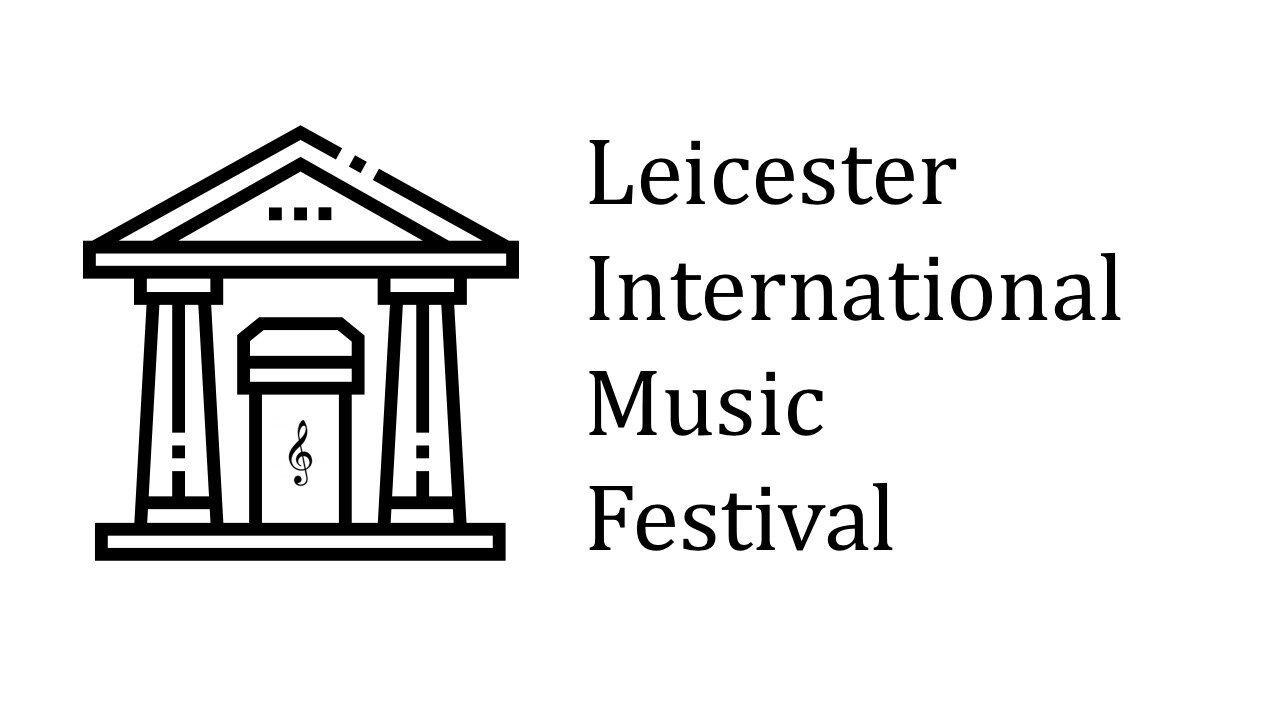Sean Shibe Lunchtime Concerts
Programme Notes
thursday 19th march: 1pm
A Selection from the Scottish Lute Manuscripts
Lutes came to Scotland in the 1400s, but it was a couple of centuries before the popular tunes were written down. Most of the surviving Scottish lute manuscripts date from the seventeenth century, music collected by members of various noble households around the country. Some of the tunes are indigenous – here we find the first notated settings of ‘Green Grow the Rashes’ and ‘Auld Lang Syne’ – but many found their way to Scotland via trading routes around Europe, and the cross- fertilisation between national styles is evidence of travelling musicians and a taste for the cosmopolitan.
These manuscripts show us the roots of what we now call Scottish music, and that we were musical mongrels from the start. They draw attention to the historic closeness between ‘high’ and ‘low’ art – players would happily jump between slow Scots airs and flamboyant Italian ditties. For Shibe, putting together his programme in 2016, as identity politics dominated headlines and determined voting habits, these lute manuscripts were yet another reminder of how much we owe to Europe and the free movement of people.
Shibe’s lute selection dips into four households. From Wemyss Castle in Fife, where the young Lady Margaret Wemyss (1630–1648) began compiling her collection of French and Scottish tunes from the age of 12, he chooses ‘Marvell’s Sarabande’, ‘Ladie lie near me’ and the mysterious ‘Holi and Faire’. From the extensive collection made at Balcarres, a few miles east from Wemyss in Fife, he plays ‘A Scotts Tune, by Mr. Lesslie’. From Rowallan, the earliest of the lute manuscripts, collected 1612–1628, he plays ‘Swit Sant Nickola’ and ‘A Scots Tune’. And from Straloch in Perthshire, where Robert Gordon of Straloch (1580–1661) was one of the principal cartographers of Scotland, contributing important maps to Blaeu’s Atlas, Shibe selects ‘The Canaries’, music that sounds strikingly modern with a vibrant, propulsive bass line.
Shibe says that ‘the guitar is to lutes what the piano is to harpsichords’. He navigates matters of authentic performance practice with pragmatism; in phrasing, ornamentation, accompaniment patterns, chord voicing and so on, his approach is stylistically informed but loose. He says he’s willing to refashion this music for his own political point. ‘Maybe I’m being inappropriate in order to engage with what this music might mean today,’ he says. ‘I think I’m OK with that.’
friday 20th march: 1pm
Lute Suite in E minor, BWV 996
Johann Sebastian Bach (1685-1759)
In Bach’s day the lute was well past the peak of its popularity as a solo instrument in France, its centre of interest during the seventeenth century, but it remained popular in various German-speaking regions well into the eighteenth century. Seven works by Bach apparently intended for lute have come down to us. The E minor Suite is Bach's earliest surviving work for the instrument, thought to date from some time after 1712, when he was working as court musician to Duke Johann Ernst of Weimar. Two manuscript copies exist, neither of them in Bach's handwriting. The Prelude opens with a section in improvisatory style leading (the implication of the term 'passagio') to a fast fugal movement. It is followed by five of the dances that commonly appear in baroque instrumental suites: the allemande, a basically slow dance with a florid melodic line; the courante, in a moderate triple time; a sarabande, dignified and expressive, in slow triple time and, by Bach’s time, profoundly introspective; a bourée, a fast, lively dance, originally from rural France; and a spirited gigue.
saturday 21st march: 1pm
Serenade
Sofia Gubaidulina (born 1931)
Born in the Tartar Republic, Sofia Gubaidulina is one of the most significant Russian composers of the generation after Shostakovich. Her ancestry is a mixture of Russian, Polish, Jewish and Tartar, and her work, too has assimilated both Western and Eastern influences, from the avant-garde to the traditional. She has cited Shostakovich and Webern as the strongest influences on her work – not in terms of audible similarities so much as teaching her “the most important lesson of all: to be myself.” In her vocal music she has set a wide range of texts, from ancient Egyptian poetry to TS Eliot’s Four Quartets, and her work often has a strongly religious flavour. Since 1992 she has lived near Hamburg. In December 2019 the Royal Philharmonic Society presented her with its prestigious Gold Medal.
Dating from 1961, the Serende and Toccata were written for the Moscow music publisher, Muzyka, to be included in a an album of short guitar pieces designed to be not too difficult or experimental. The composer herself described the Serenade as "music for pleasure", whereas the Toccata reveals a work with a driving momentum that hardly stops.
‘rosewood’
David Fennessy (born 1976)
David Fennessy was born in Maynooth, County Kildare, Irish Republic. He played guitar from a young age, going on to study at Dublin College of Music, and composition with James MacMillan at what is now the Royal Conservatoire of Scotland, in Glasgow, where he has been teaching since 2005.
‘rosewood’ was commissioned by the 2011 St Magnus Festival, Orkney, and was given its premiere in the Italian Cultural Centre in June that year. The composer writes: “The knowledge that this piece would be premiered at the Italian Chapel, and my vivid memories of visiting there a few years ago, guided me during the composition of rosewood. Without wishing to somehow create a musical evocation of the place, notions of calm, reflection, open spaces, echoes and resonances permeate the music.
The title refers to the type of wood often used in the construction of the fingerboard of the guitar. It has a distinct aroma and when I smell it I am immediately and vividly reminded of the once close relationship I had with that instrument.”
The piece is dedicated to Edna Cromarty, the composer's mother-in-law and a staunch supporter of the St Magnus Festival.
© Mike Wheeler 2019

